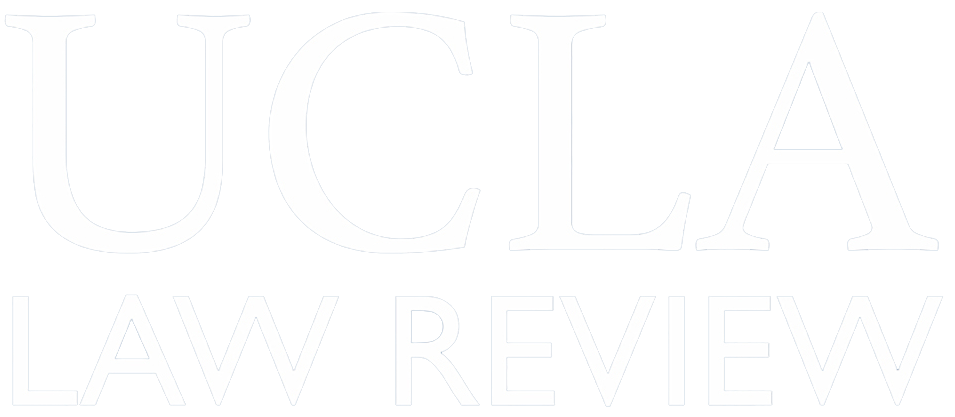Abstract
Teaching constitutional law today has been impacted by two trends reflecting a polarized electorate and politics: first, recent restrictions targeting education prohibiting the use of critical race theory, critical legal theory, feminist theories, intersectionality, and other critical legal perspectives in the classroom; and second, recent U.S. Supreme Court opinions abandoning well established ways of approaching constitutional interpretation and precedent. Both of these trends have created a more polarized classroom. The traditional approach to teaching constitutional law, in particular its focus on neutrality, is inadequate in the face of these shifts. This Essay describes these trends and argues for a different approach in the law school classroom that embraces critical legal theories and emphasizes holistic analysis of constitutional doctrines and cases.
